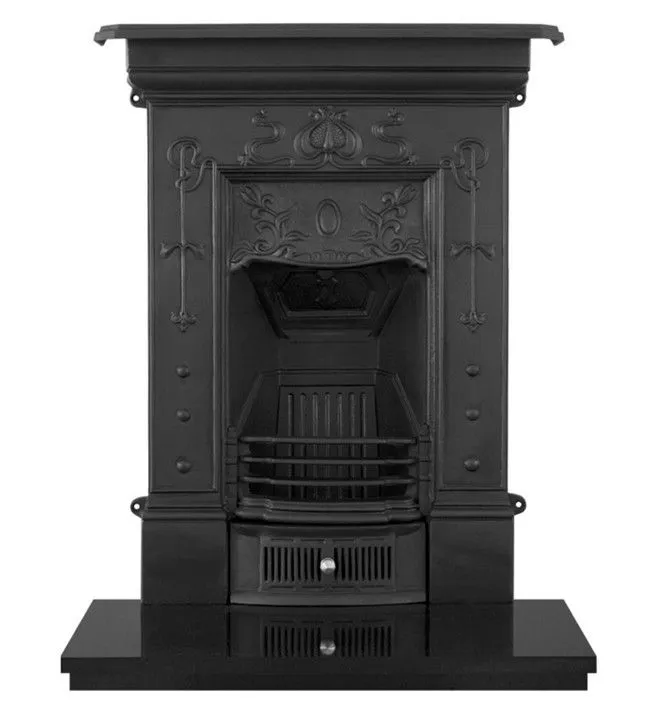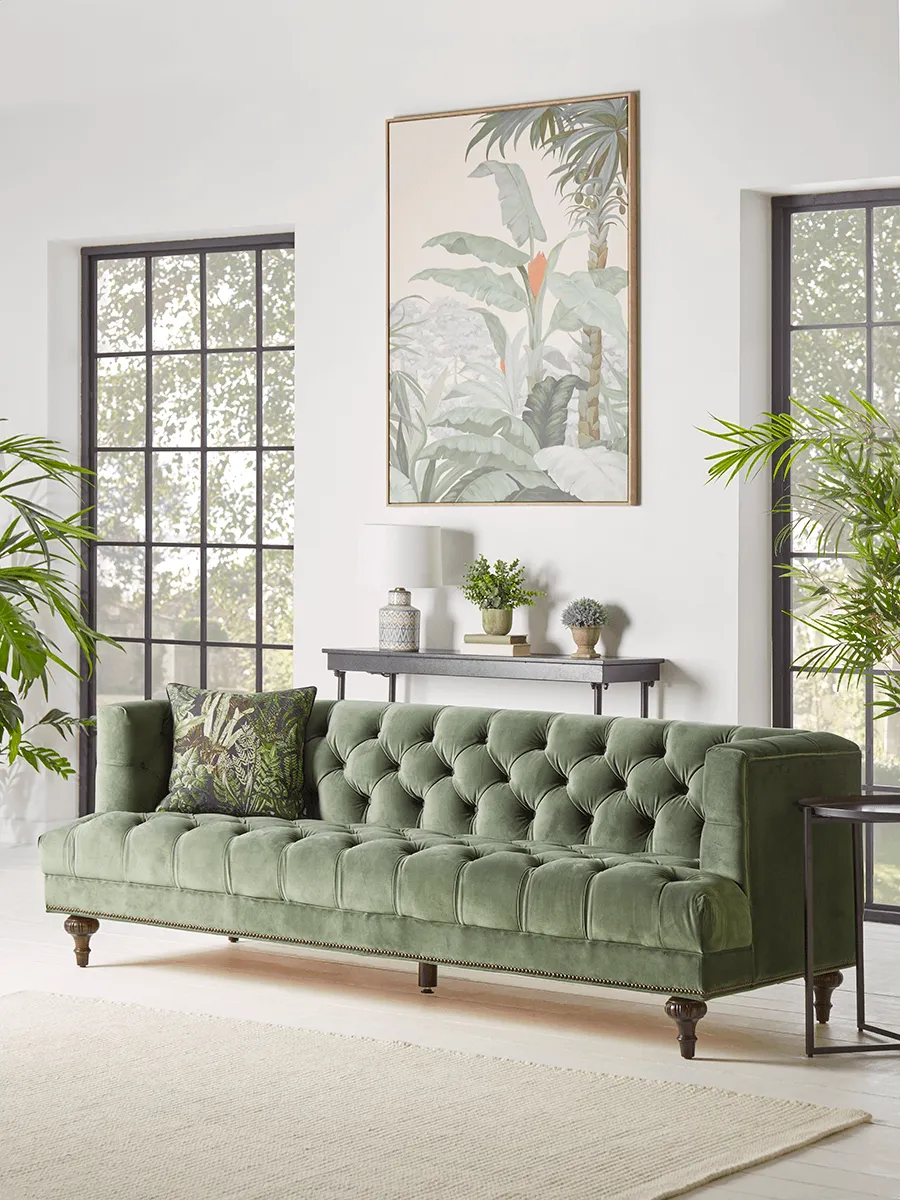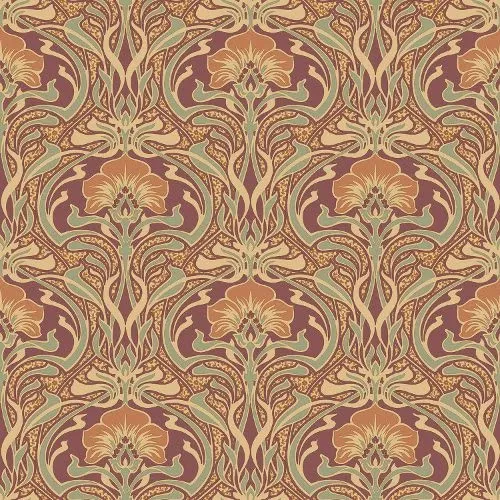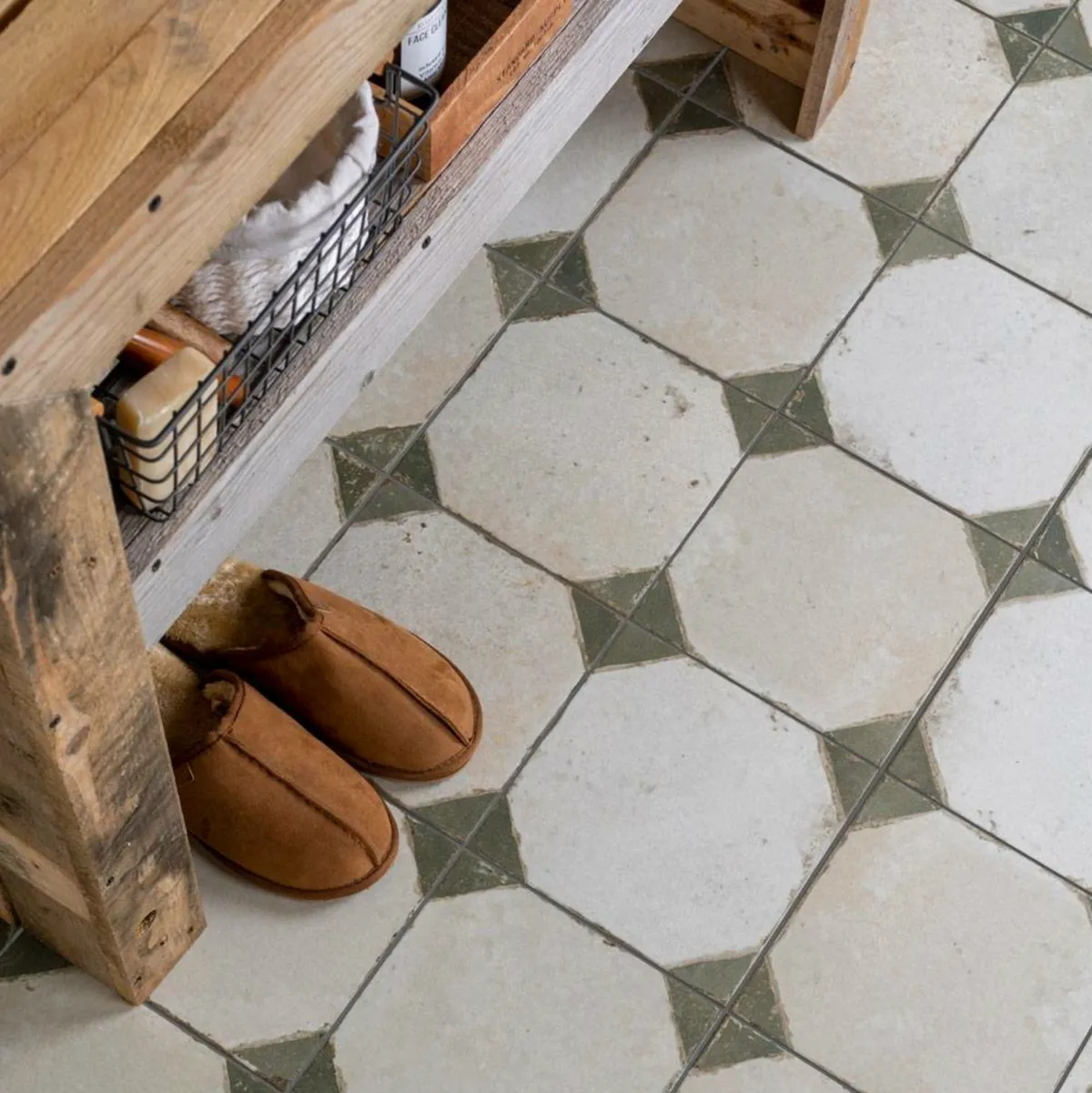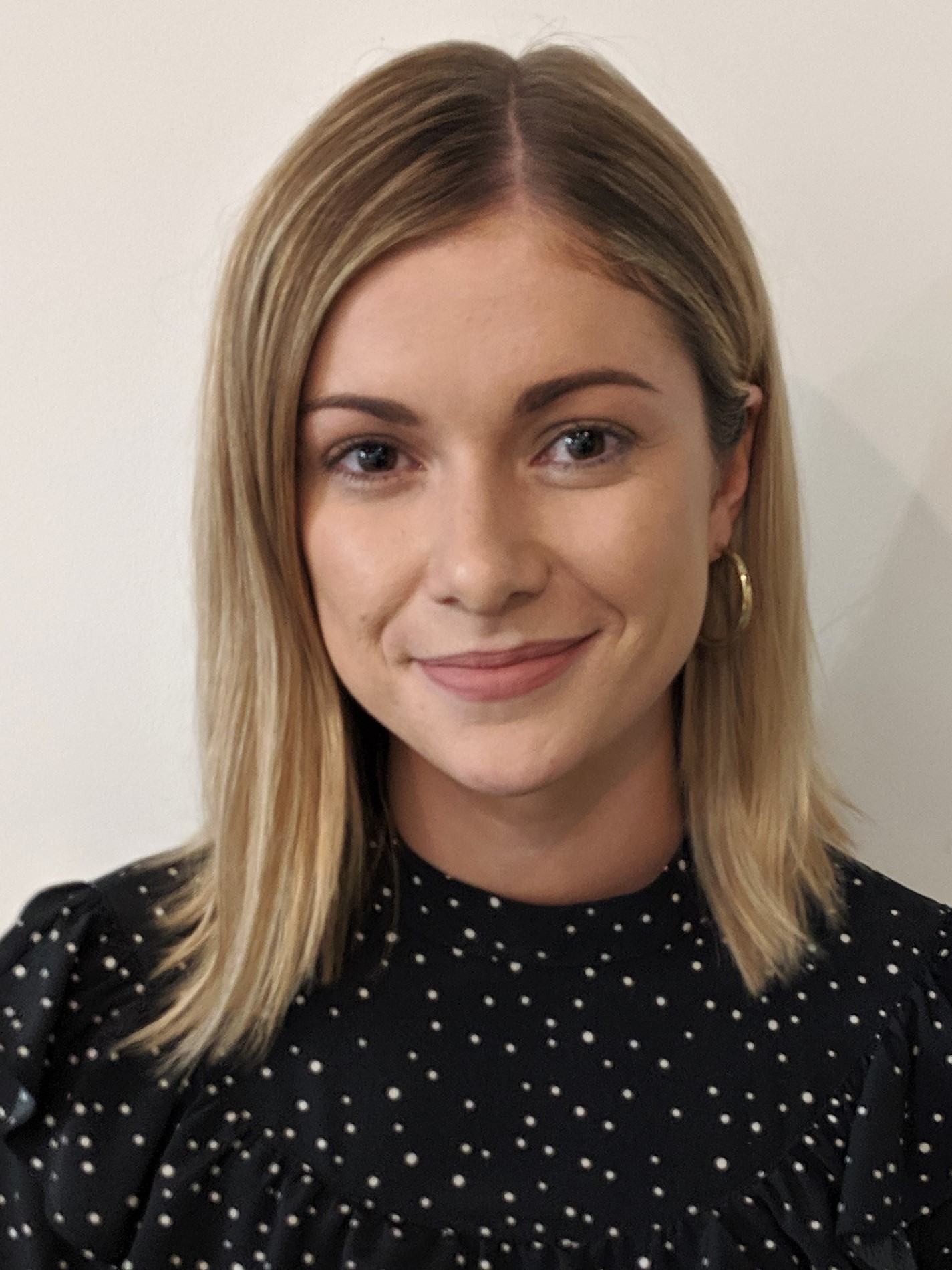From terraced houses in the city to charming cottages in the countryside, Edwardian interiors are known for their opulent, light-filled rooms, with delicate ornamental accessories, wooden floors and feature tiling.
We’ve seen a resurgence in period house features recently, with DIY wall panelling, Victorian tiles and mantelpiece styling (aka ‘mantelscaping’) filling our feeds on Pinterest and Instagram, but what exactly makes up the look of a traditional, Edwardian house interior?
What is Edwardian style?
The Edwardian era spanned from 1901 to 1910 under the reign of King Edward VII, the son of Queen Victoria. Unlike the rather fusty style of the Victorian age, with its heavy curtains, dark interiors and rooms packed to the brim with furniture and trinkets, the Edwardian era saw a shift towards lighter, fresher and more elegant interiors.
Key period features of the Edwardian house
Skirting board A wooden trim around the bottom of the walls, to protect the walls from bashes and scrapes, but also to balance the proportions of high ceilings
Cornice A plaster trim, that could be highly intricate or minimal in style, which went around the ceiling of a room, covering the point where the walls and ceilings meet
Ceiling rose This surrounded a light fixture and was made from plaster moulding in an ornate, circular, shape. The ceiling rose was practical as well as decorative; it actually served to catch the smoke from gas lights and often had holes in to let the smoke escape

Edwardian house inspiration
You don't have to have a period house or ready-made Edwardian features to achieve this look - in fact, many of the following style elements can be achieved in even a modern-day build! Faux fireplaces, tiling, colour schemes, furniture and accessories can all help to turn your house into a timelessly elegant Edwardian style home.
Edwardian fireplaces
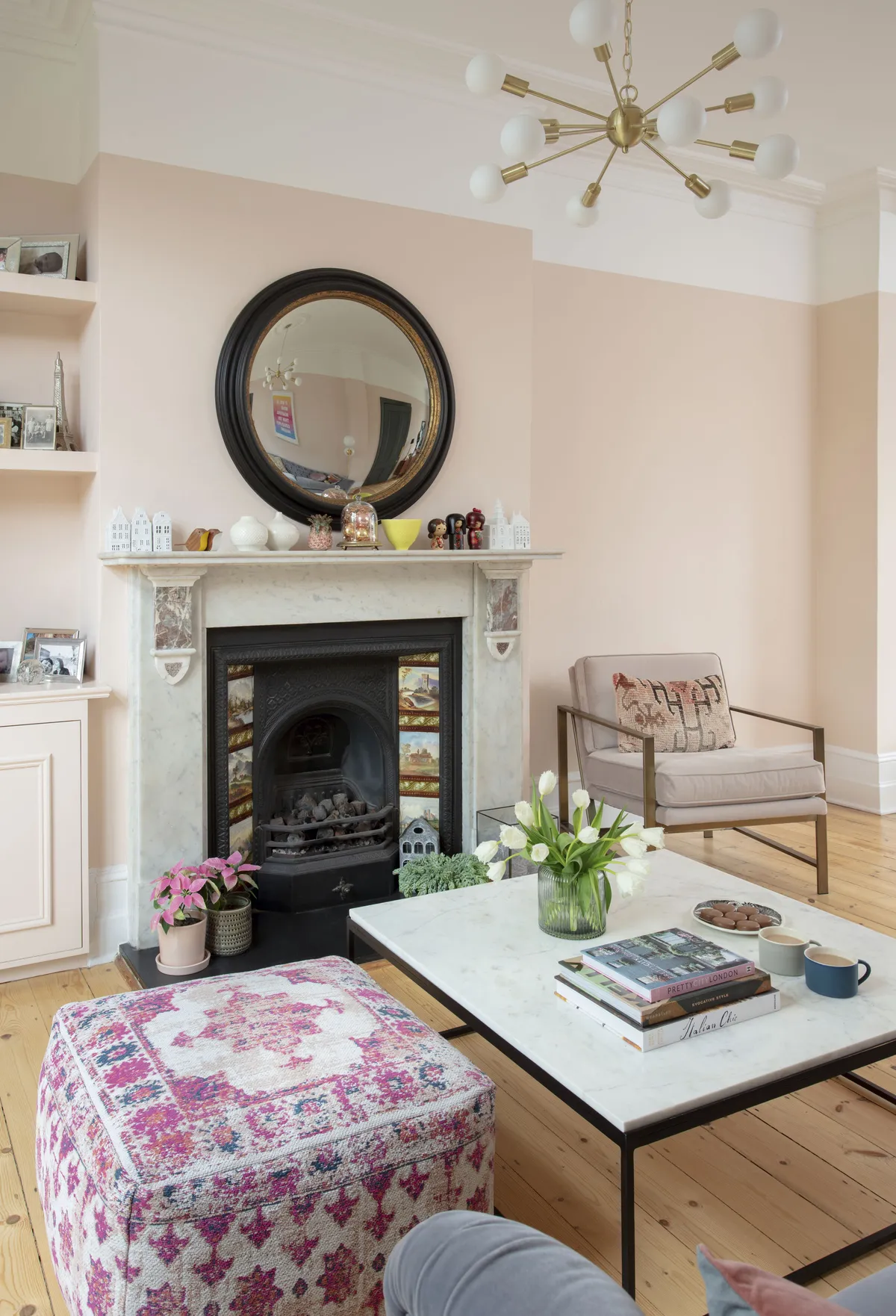
There's nothing more traditional in a period house than a good old-fashioned fireplace. Edwardian fireplaces were often cast-iron with a surround of colourful, patterned tiles.
You can achieve the charm of a cosy hearth by installing a faux fireplace. Affix a cast iron or wooden mantelpiece (scout local reclamation yards or Facebook Marketplace) and tile the centre, or leave it bare and fill the space with logs or a large floral bouquet.
Edwardian tiles
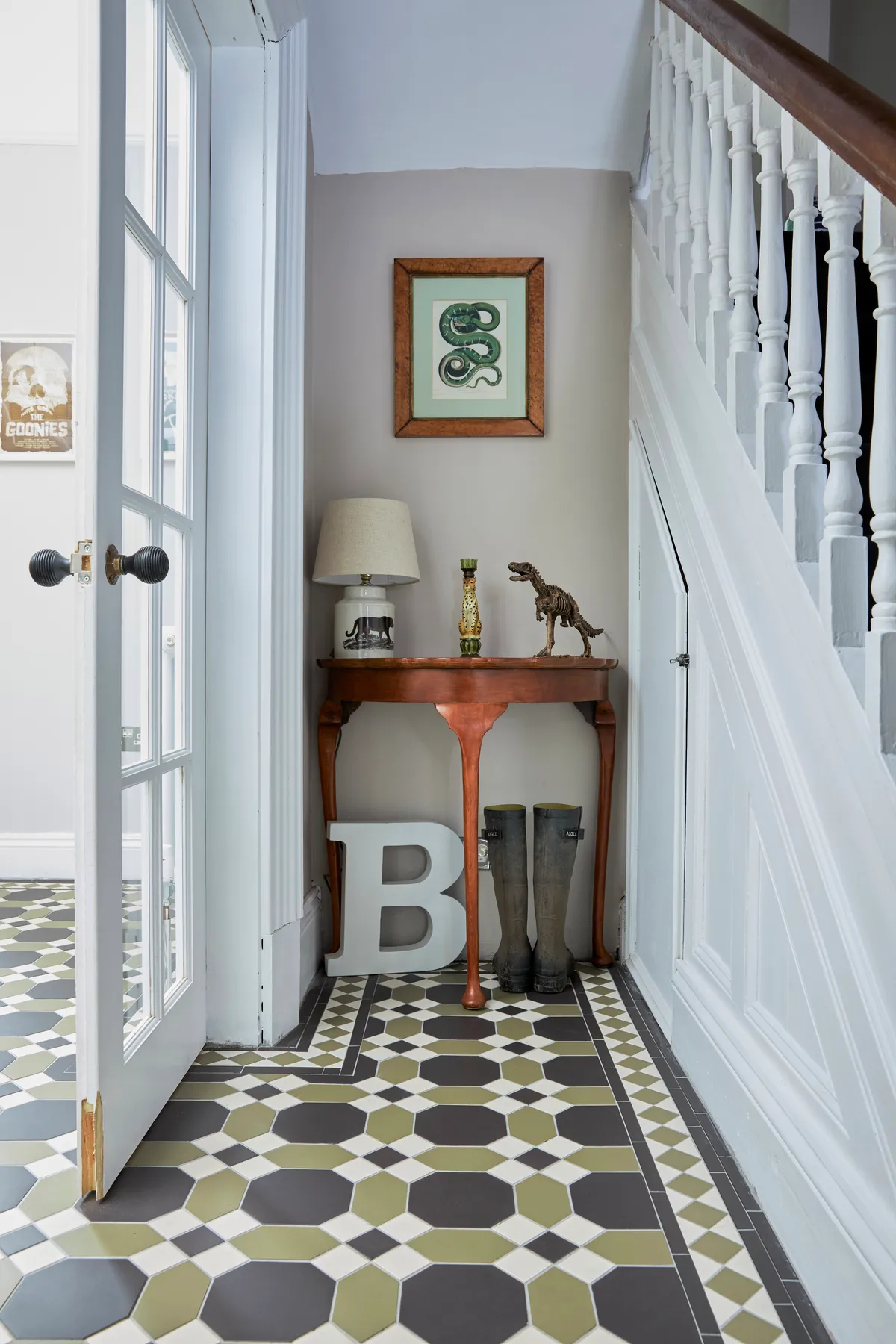
Carpets be gone! The Edwardian era saw a rejection of carpets in favour of lighter and cleaner polished floors, particularly wooden floorboards and elegant ceramic tiles.

Fiona has paired a characterful chest of drawers with an antique Persian rug. See her home makeover here.
To keep things cosy, Persian rugs were used, particularly in hallways and living rooms. This added warmth but also softened the look of a room from an aesthetic standpoint.
Shop the look: Edwardian house style
Edwardian colour scheme
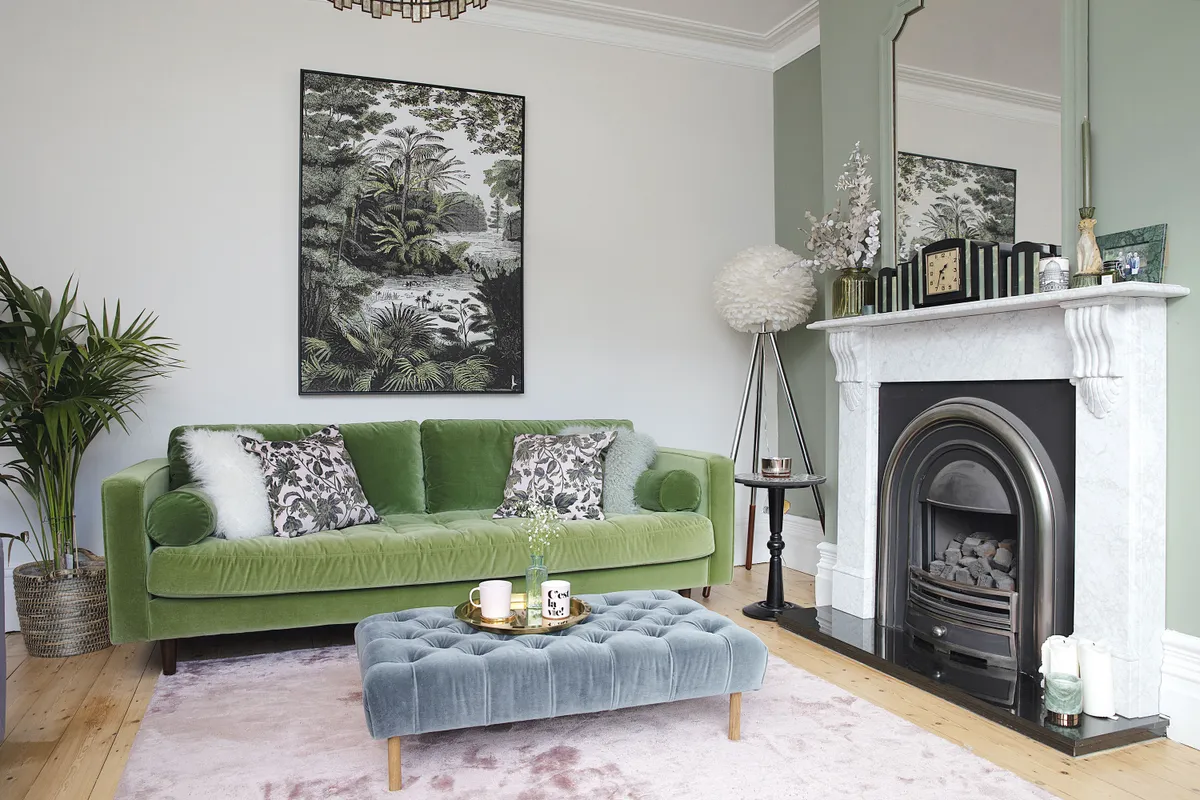
Esther has brought her period terrace house up to date with fresh pastel shades and contemporary furniture. See her home makeover here.
Pastel colours soared in popularity in the Edwardian period, a stark departure from the rather glum dark colours favoured in the Victorian era. Floral designs with natural colours such as primrose, lilac and green and dusky blues, yellows and greys, all became popular.

Hencroft Blue Primula wallpaper, £102, Little Greene
Statement wallpapers also gained significance in this time, designed especially to make rooms feel bigger, airier and lighter. Floral arrangements and house plants were becoming more common too, tying in nicely with the decorative walls.
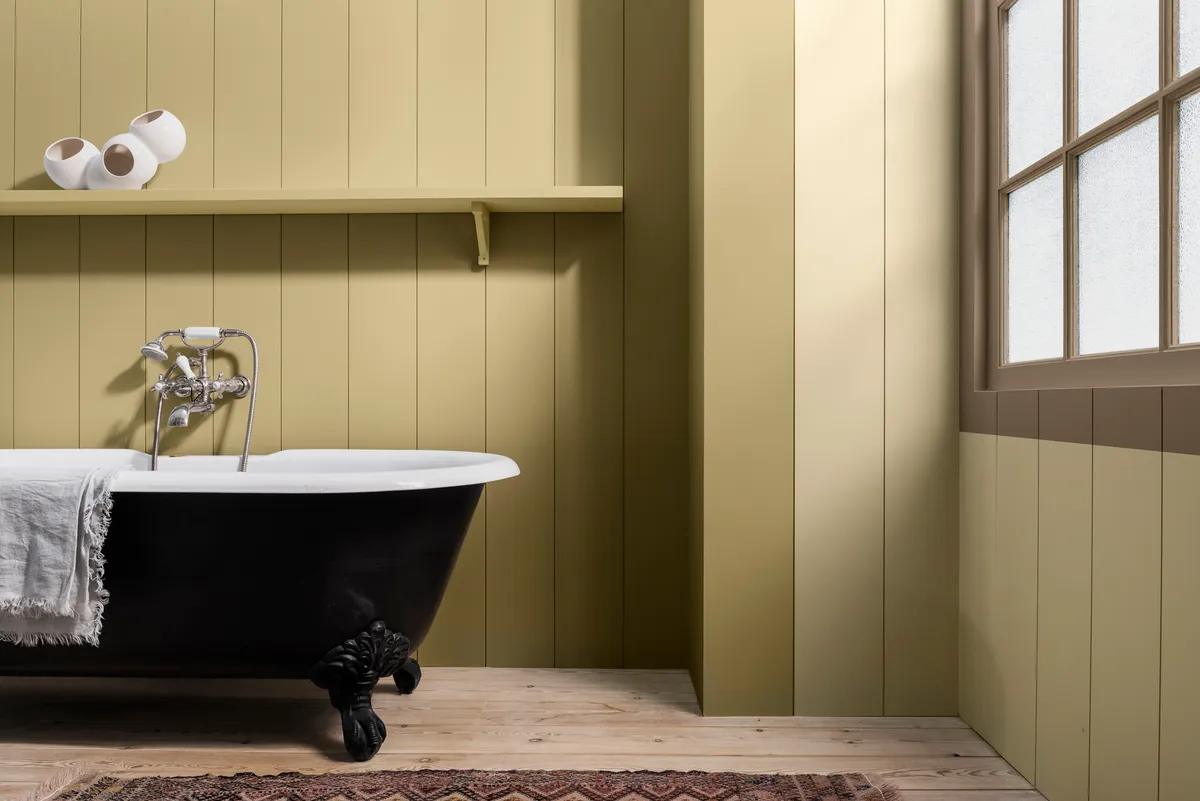
Dulux's 2021 colour of the year, Brave Ground, would work perfectly in an Edwardian-style home. Try it in a bathroom, living room or hallway, and pair with wooden flooring.
Edwardian furniture
The Art Nouveau movement, which was inspired by natural forms such as the curves of flowers and plants, had a big influence on the interiors of the Edwardians, particularly furniture. Chairs with butterfly backs appeared, bed headboards became more ornate, and table legs took on a life of their own.
Dark woods like mahogany, as well as wicker and bamboo, became the go-to choice for chairs, tables and bed frames. Many Edwardian furniture designs are still hugely popular today, rattan furniture, for example, takes its cues from the wicker chairs made popular in the early 1900s.
Edwardian decor

Edwardian Basin with Standard Pedestal in Jet from Burlington
Although lighter and cleaner than the houses of the Victorian age, Edwardian interiors still kept a few knick-knacks on display! Ornamental displays, such as china plates, gilded picture frames and statement mirrors gave rooms a welcoming charm.

Linton Cast Iron Radiator In Antique Brass, £141, The Radiator Company
No surface was spared when it came to decoration either; even doorknobs, cupboard handles and radiators exuded style and craftsmanship.
Looking for more style inspiration? Check out our guides to...

